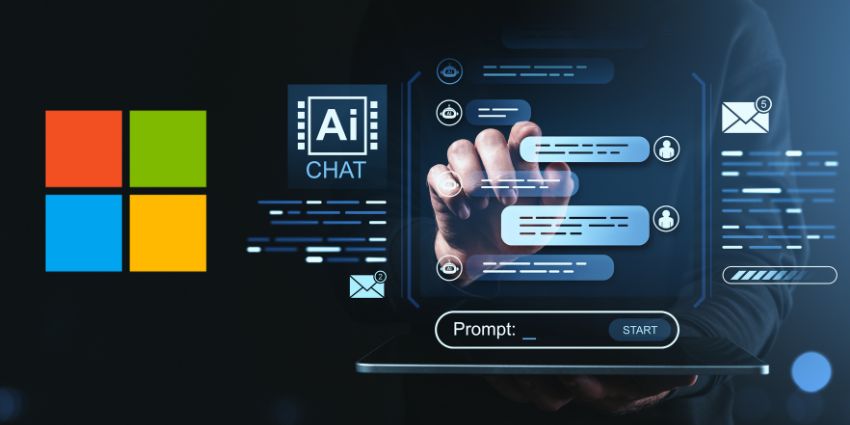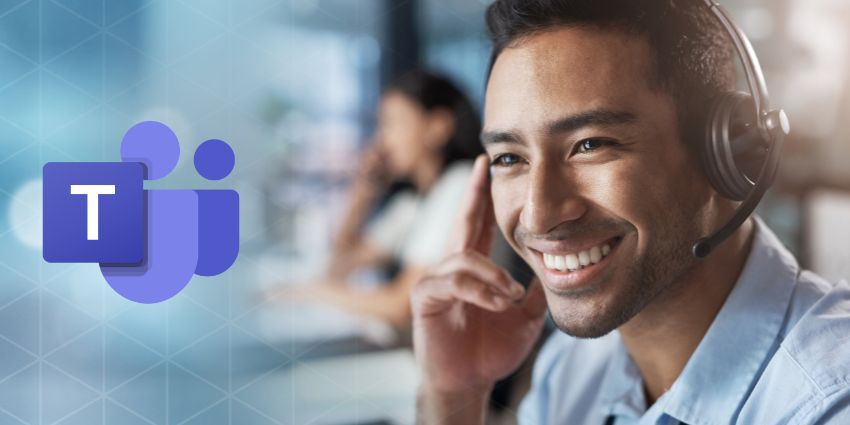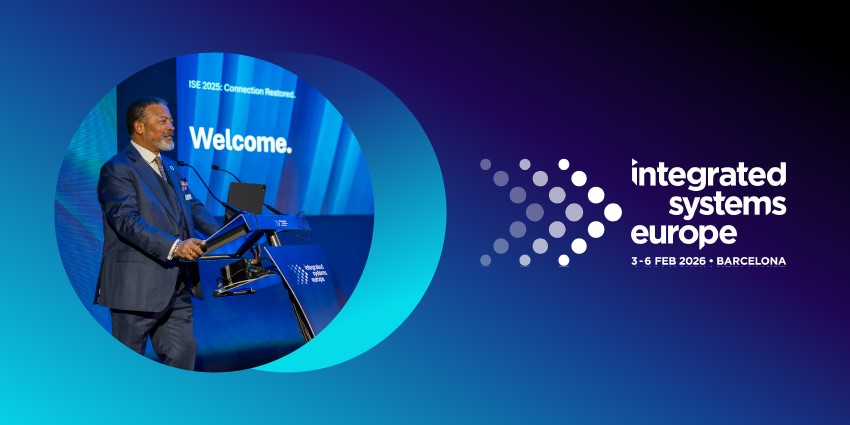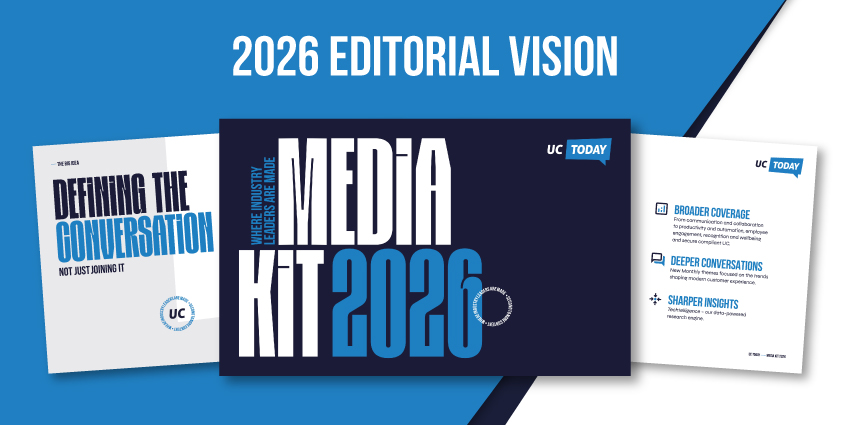Microsoft has announced it has rolled out GPT-5, OpenAI’s newest and most advanced AI model, across its flagship productivity, developer, and consumer platforms.
The integration promises a leap in reasoning capabilities and spans Microsoft 365 Copilot, Microsoft Copilot, GitHub Copilot, and Azure AI Foundry.
Trained on Microsoft’s Azure cloud and built with OpenAI’s latest reasoning models, GPT-5 aims to streamline complex tasks without users needing to pick the “right” AI for each job.
But beyond the product bullet points, this is an opportunity to consider the bigger picture. GPT-5 doesn’t simply make Microsoft’s existing AI smarter—it may reshape how workflows are designed, how teams delegate tasks to AI, and even how enterprise applications themselves are architected in the age of reasoning-capable AI.
Enhancing Enterprise Workflows With GPT-5
Microsoft touts the integration as delivering increased reasoning capabilities and improvements to coding and chat across its platforms.
Enterprise customers with Microsoft 365 Copilot licenses will now see GPT-5 apply this reasoning over emails, documents, and enterprise data with greater accuracy and contextual awareness.
Additionally, Microsoft’s real-time “model router” determines which model is best for the job at hand, switching to a reasoning-optimized variant for challenging problems and using faster, more efficient versions for everyday tasks.
GPT-5 will also be available in the agent-building platform Microsoft Copilot Studio, where users can select GPT-5 in custom prompts to enable agents to handle more complex business processes.
Developers using GitHub Copilot and Visual Studio Code gain access to this new and strengthened coding model, which is able to execute long-running, multi-step agentic tasks end to end. Microsoft claims the upgrade also arrives with one of the strongest AI safety profiles of any OpenAI model, after its AI Red Team tested it.
The Firepower Behind GPT-5
To appreciate what’s being introduced into Microsoft’s stack, it’s important to understand why GPT-5 has been described by OpenAI CEO Sam Altman as a “PhD-level expert” compared to GPT-4’s “college student” capabilities.
The leap is reportedly not just in language fluency but in reasoning depth, coding precision, and multi-step task execution.
“This is the best model in the world at coding,”
Altman said.
OpenAI’s internal testing places GPT-5’s benchmark results on SWE-Bench, SWE-Lancer, and Aider Polyglot above any other model in producing functional, production-ready code.
Like Microsoft, GPT-5 has a router that automatically shifts into a more analytical mode for complex prompts, eliminating the friction of manual model selection.
The safety profile of the new model is equally notable. OpenAI says GPT-5 produces fewer hallucinations than its previous reasoning model and implements what it calls “safe completions” to offer partial compliance with potentially harmful queries—providing high-level, safe responses instead of outright refusals or unsafe details.
“This is the best model in the world at writing, the best model in the world at health care, and a long list of things beyond that,” Altman explained.
Extended Use Cases
One of the most significant capabilities enterprises can gain from this GPT-5 update to Copilot is advanced coding proficiency.
With GPT-5 now integrated into GitHub Copilot, Visual Studio Code, and Azure AI Foundry, developers can tackle longer, more complex coding tasks without switching between different tools or platforms.
This keeps intellectual property inside the enterprise environment, avoids leakage risks, and ensures that all code, comments, and related project knowledge remain within a single, secure ecosystem.
Perhaps just as important, this consolidation helps break down silos between different elements of the coding process previously conducted across separate platforms.
The result is not just better productivity; it’s a more integrated, intelligence-driven enterprise stack.
As Altman noted, GPT-5’s capabilities make it “one of the best” models for applications like healthcare.
Having this embedded in Copilot means it could reason across patient records, appointment notes, and policy guidelines to support decision-making while minimizing compliance risks.
Additionally, thanks to OpenAI’s thorough testing and Azure’s enterprise-grade security, it can act as a safe repository for communications, which is critical to compliance in these industries.
Another advantage businesses gain is the ability to deploy GPT-5 in Copilot Studio. Enterprises can now build custom GPT-5-powered agents for highly specific business processes with greater confidence in their abilities.
This is largely due to GPT-5 reportedly being more reliable at handling multi-step tasks. When you program an agent with this model, you can be more confident in its use for business-critical applications.
For everyday productivity, GPT-5’s deeper conversational context retention lets users maintain long-running discussions with Copilot without needing to repeatedly re-explain background information. This is particularly relevant for project management workflows, where conversations often span weeks and priorities evolve. In these cases, GPT-5’s ability to stay “on track” could influence how organizations delegate task ownership between humans and AI.
Microsoft GPT-5 Competitors
Given Microsoft’s multi-billion-dollar investment in OpenAI and its deep integration of GPT models into its product line, one might expect exclusivity or at least early access.
Yet, Zoom has announced nearly simultaneous access to GPT-5 for its AI Companion, highlighting that Microsoft’s partnership doesn’t block other major UC providers.
Zoom’s Chief Product Officer, Smita Hashim, says the integration already enhances AI Companion’s ability to perform agentic tasks, such as solving meeting scheduling problems by letting AI negotiate the best time for all participants.
Early alpha tests, according to Zoom, show notable improvements in reasoning and context handling, allowing users to focus on more strategic work.
The fact that Zoom secured GPT-5 access at the same time as Microsoft marks a shift in the UC landscape: OpenAI’s cutting-edge models are becoming a shared foundation, not a competitive barrier.
For enterprises, this means the quality of the AI experience will depend less on access to the base model and more on how each platform integrates, fine-tunes, and layers its own capabilities.
For Microsoft, the competitive differentiator could be how tightly GPT-5 is embedded into its ecosystem—from Outlook to Teams to Azure—enabling cross-application workflows that Zoom and others may struggle to match without a similar breadth of services.
But in terms of raw model capability, the playing field is now more level than it has been since Microsoft first introduced GPT-powered Copilot in 2023.
A New Chapter for AI in UC
With GPT-5 now live across Microsoft’s core productivity and developer platforms, the boundaries of what AI can handle in a UC context are shifting.
The model’s blend of deep reasoning, improved safety, and coding expertise opens doors to more autonomous workflows.
For IT leaders, the takeaway is clear: GPT-5 is here, it’s powerful, and it’s available from more than one vendor. As a result, workflow innovation is where the real competition begins.







